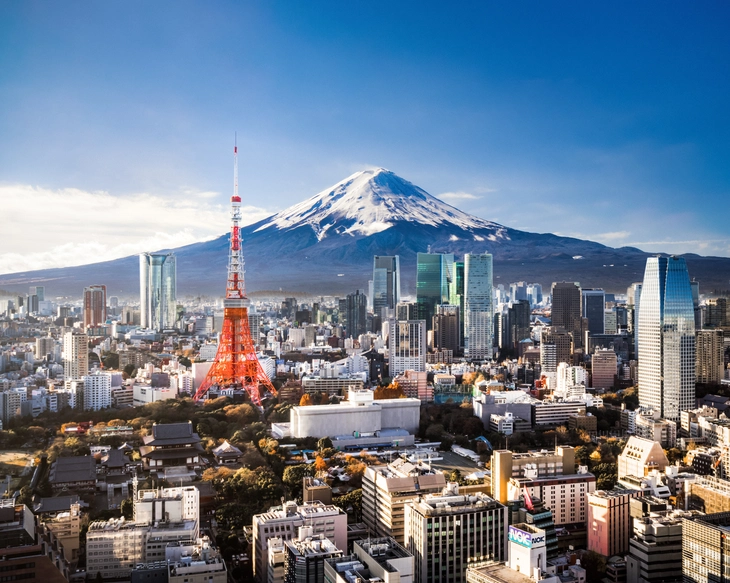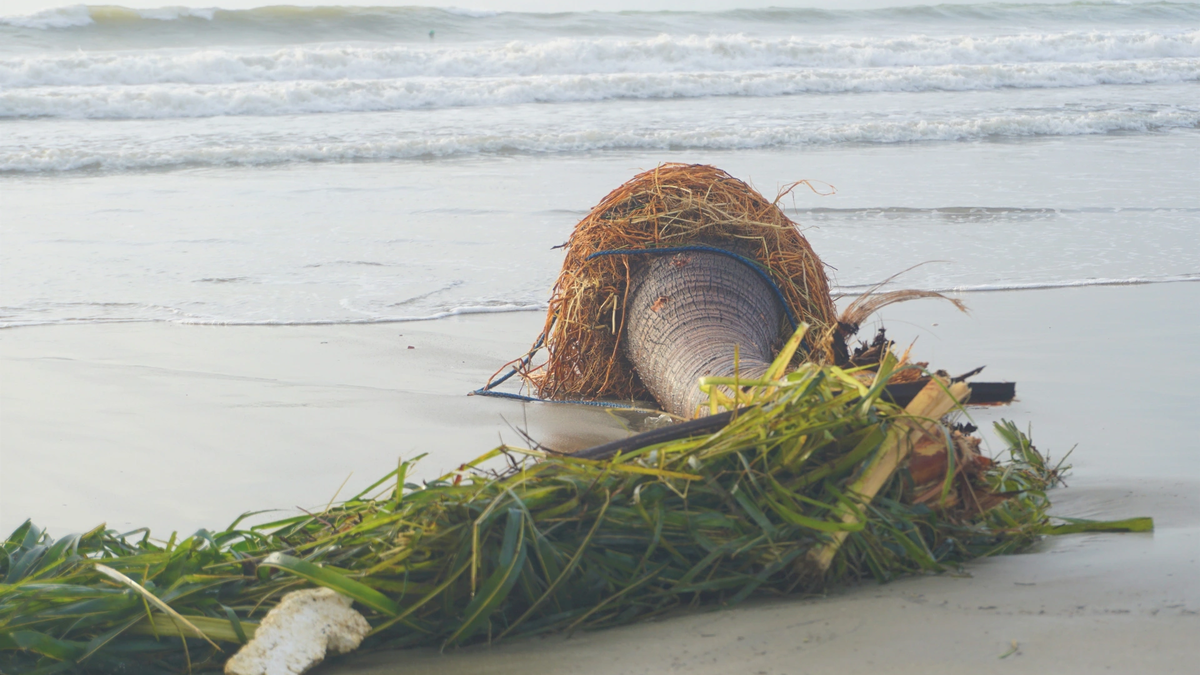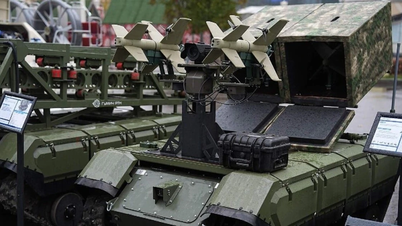
Mount Fuji - Photo: ISTOCK/YONGYUAN
According to Japan Today, on March 21, a Japanese government committee compiled measures to be taken in case of a large-scale ash eruption on Mount Fuji.
Accordingly, the measures are classified into 4 levels based on the severity of the situation.
Level 1 applies when ash falls below 3cm and rail operations are at risk of being disrupted. Level 2 is defined as ash falls between 3 and 30cm, where emergency restoration of essential services such as electricity is still possible.
People will not be asked to evacuate at the above two levels as the danger level is considered relatively low, and organizing large-scale evacuations in crowded areas is considered complicated.
Level 3 is defined when ash falls between 3 and 30cm but essential services such as electricity are cut and cannot be restored immediately.
At this time, local authorities may consider evacuating people to other areas.
Ashfall of 30cm or more would be considered a level 4, at which point evacuations would be advised. The committee fears that wooden houses could collapse under the weight of the ash if it is combined with rain.
The expert panel also called for stockpiling emergency supplies such as food and water in case of an eruption, AFP reported, noting that its report did not predict when or how large the next eruption might be.
Mount Fuji is 3,776m high, located between Yamanashi and Shizuoka prefectures west of Tokyo. This is the highest mountain in the land of the rising sun.
The last time Mount Fuji erupted was more than 300 years ago, in 1707. At that time, the eruptions lasted for 16 days, leaving a layer of volcanic ash about 4cm thick in central Tokyo today, according to historical records.






![[Photo] Da Nang: Hundreds of people join hands to clean up a vital tourist route after storm No. 13](https://vphoto.vietnam.vn/thumb/1200x675/vietnam/resource/IMAGE/2025/11/07/1762491638903_image-3-1353-jpg.webp)






























































































Comment (0)